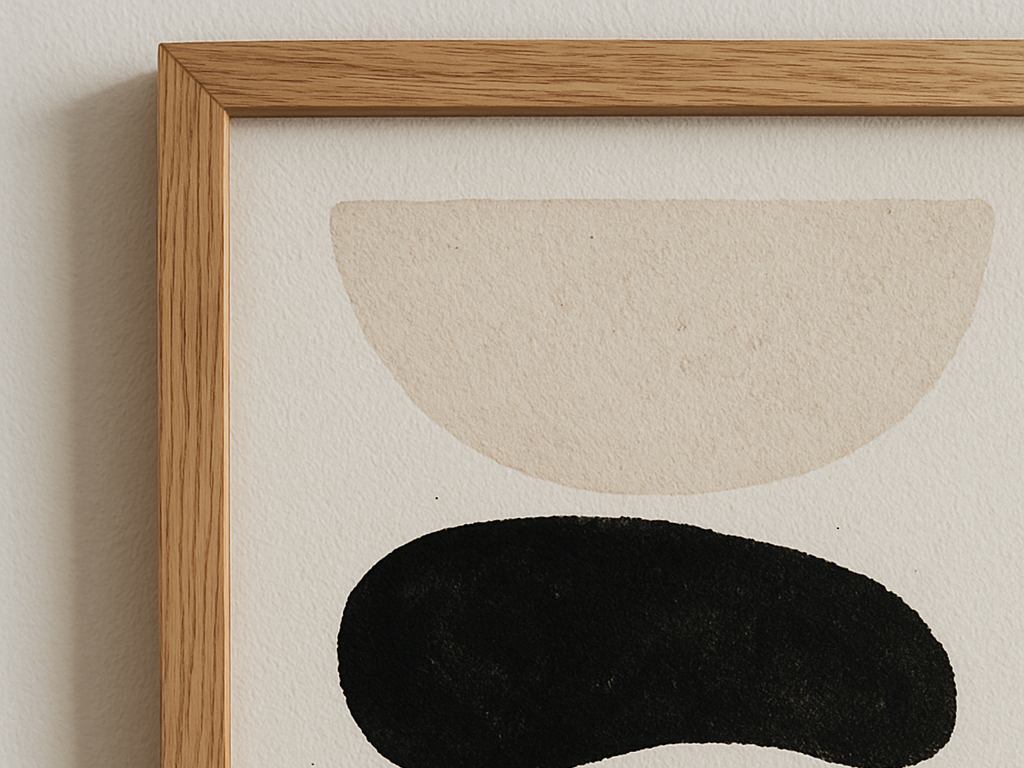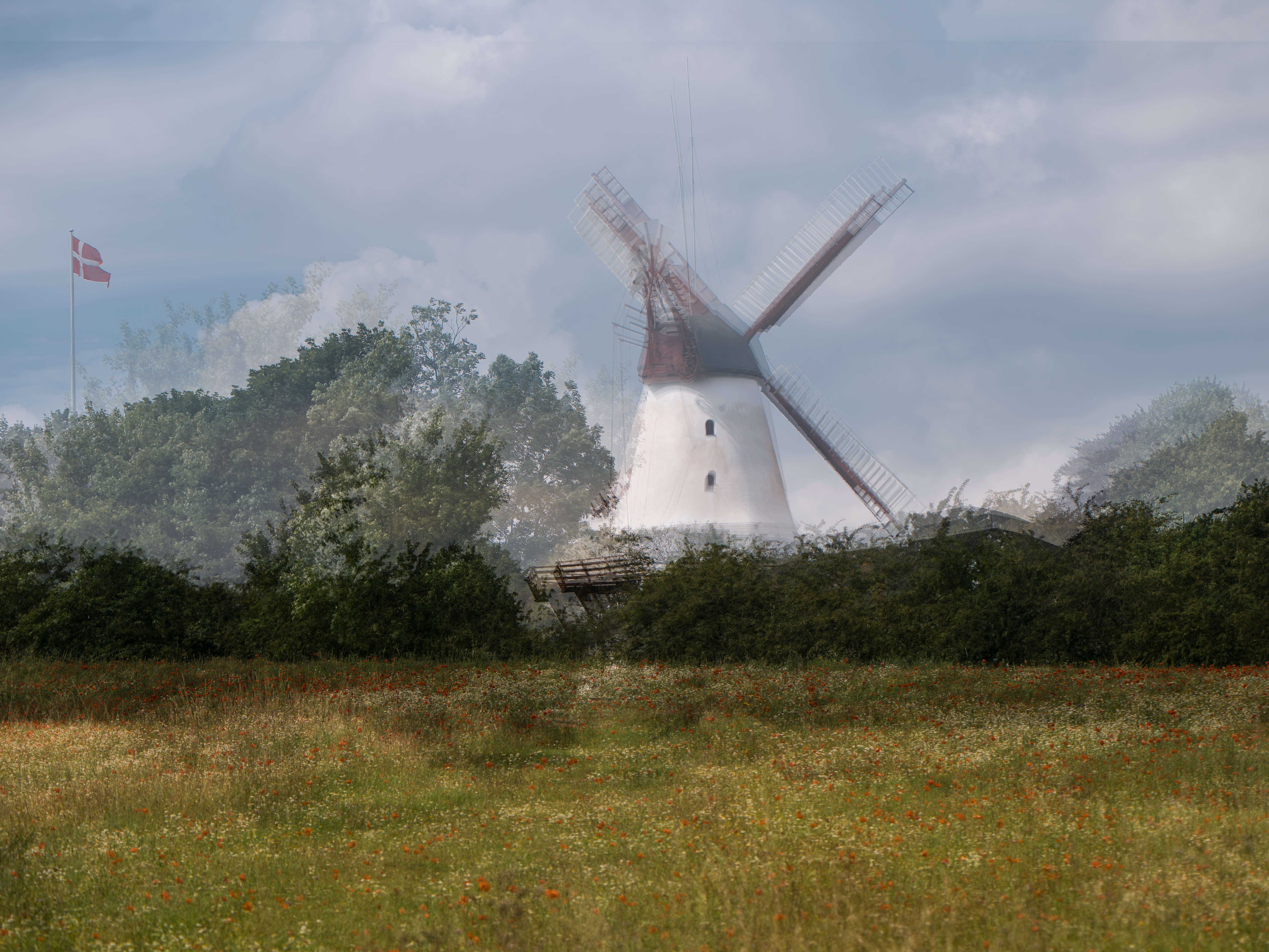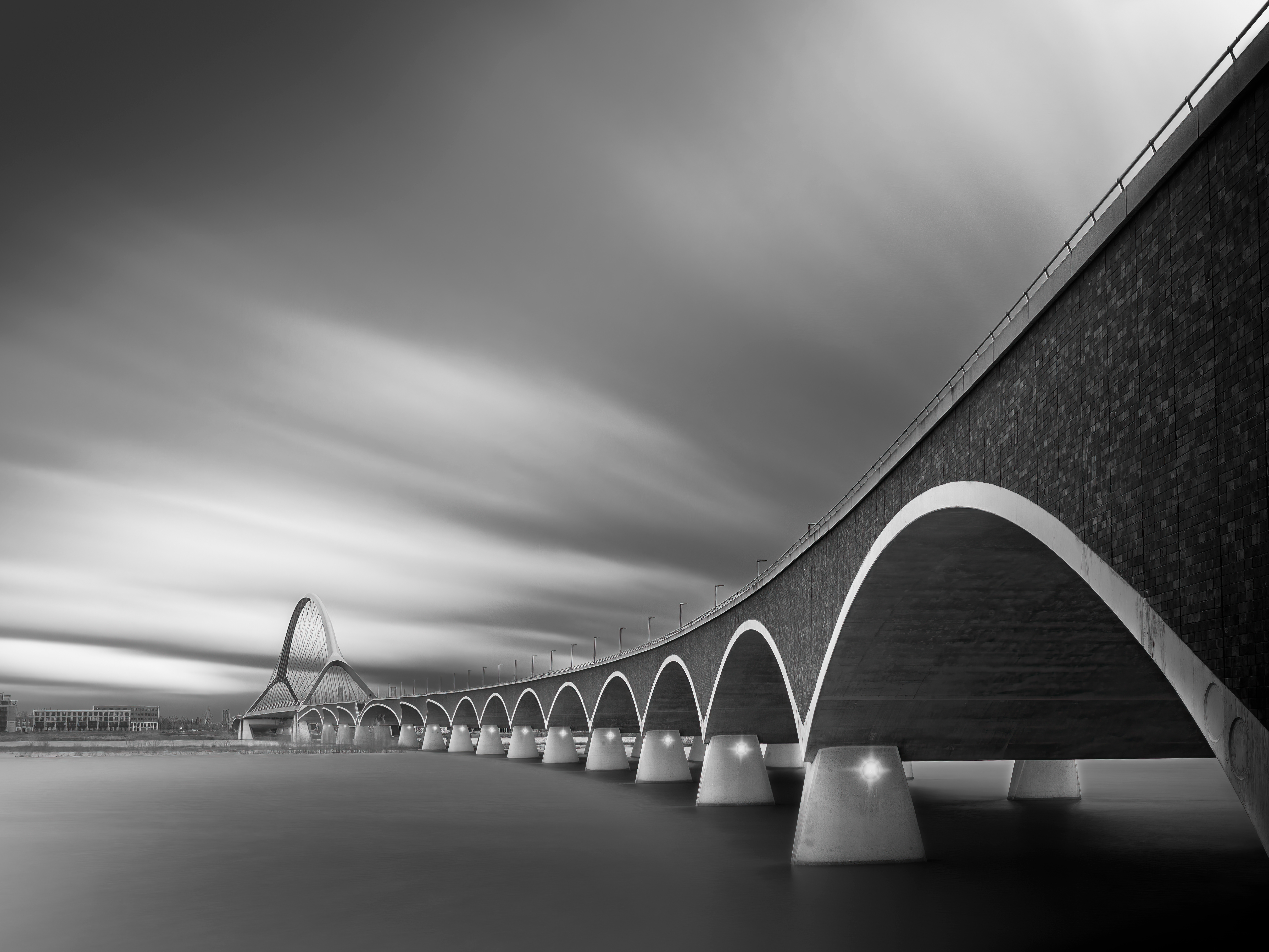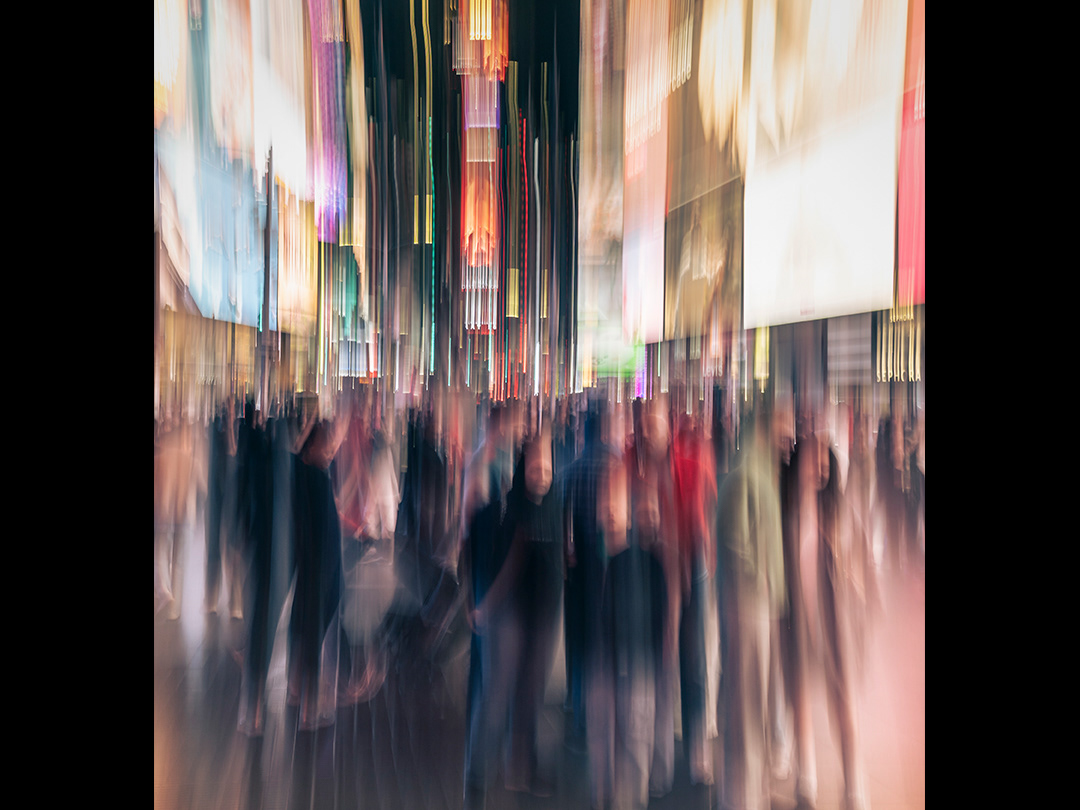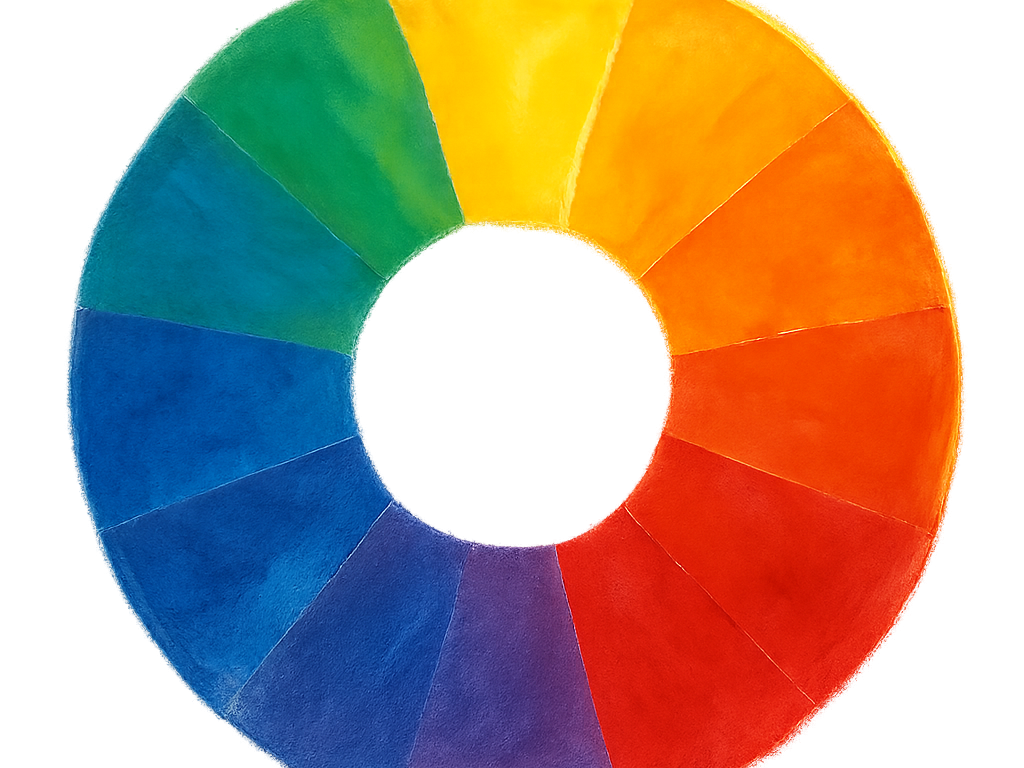1. Start With Color Harmony
Color is often the first thing that catches the eye. Look at the dominant tones in your space—your walls, furniture, rugs, and accessories.
Complementary colors (e.g., blue with orange, red with green) create bold contrasts.
Analogous colors (e.g., blue with turquoise and green) create a softer, more calming look.
Neutral tones (black, white, beige, grey) allow the artwork to stand out while blending seamlessly.
Tip: Use a color wheel to identify which shades will enhance your interior’s palette.
2. Consider Composition and Mood
Photographs carry emotional weight through their composition.
Minimalist compositions work well in modern, clean spaces.
Dynamic or abstract photography can energize a room and make a statement.
Nature or landscape photography often brings calm and balance.
Think about the feeling you want the room to have—serenity, energy, drama, or inspiration—and choose accordingly.
Think about the feeling you want the room to have—serenity, energy, drama, or inspiration—and choose accordingly.
3. Define Your Style
Your wall art should reflect your personality as well as your home’s design.
Scandinavian interiors often favor muted tones and natural themes.
Industrial styles pair well with black-and-white or urban photography.
Eclectic homes can carry bold, colorful art that sparks conversation.
Classic interiors may shine with timeless landscapes or fine art photography.
4. Choose the Right Size and Placement
Scale matters. A large statement piece can anchor a room, while a series of smaller prints can create rhythm and balance.
Above a sofa or bed: The artwork should be about two-thirds the width of the furniture.
Gallery wall: Combine various sizes, but keep spacing consistent.
Small rooms: Go vertical to elongate the space.
5. Select the Print Medium and Finish
The paper and print style add texture and depth to your artwork:
Fine art paper: Delivers rich detail and depth, ideal for photography prints.
Canvas: A more painterly look, great for a warm, organic touch.
Metal prints: Sleek and modern, with high contrast and durability.
Matte finish: Reduces glare, giving a soft, subtle appearance.
Glossy finish: Enhances colors and contrast but can reflect light.
6. Framing and Presentation
A frame can either blend into your interior or make a statement.
Simple black or white frames: Timeless and versatile.
Natural wood frames: Add warmth and pair well with earthy interiors.
Floating frames or frameless mounts: Perfect for modern spaces.
7. Personal Connection
Beyond design considerations, choose something that resonates with you. Photography wall art often carries a story, a place, or an emotion. Something that becomes part of your daily life.
Final Thoughts
Buying unique photography wall art is an investment in atmosphere. When chosen thoughtfully, it doesn’t just fill a wall—it becomes part of your story, shaping the way your home feels every day. Take the time to explore different colors, styles, sizes, and finishes until you find the piece that feels like it belongs.

